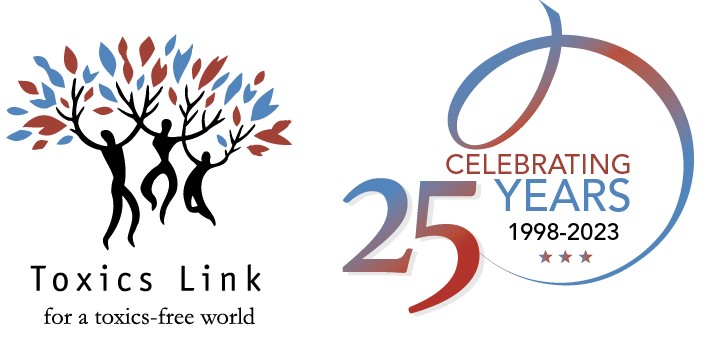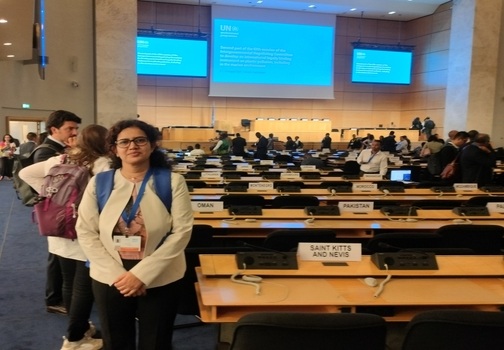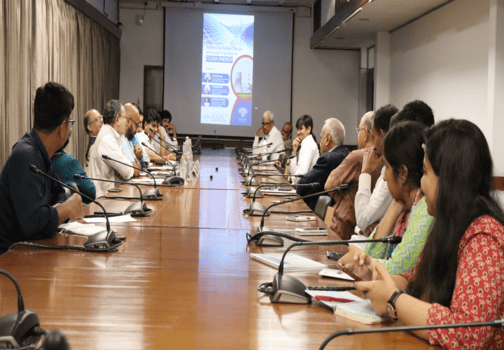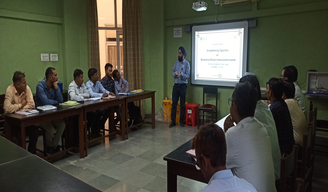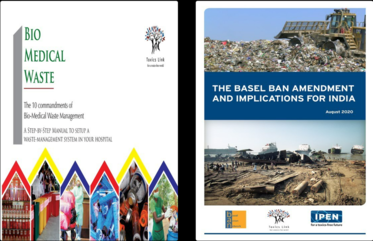GOVERNMENT OF INDIA
MINISTRY OF ENVIRONMENT, FORESTS AND CLIMATE CHANGE
LOK SABHA
UNSTARRED QUESTION NO: 5150
ANSWERED ON: 04.04.2022
Innovating Technologies for Solid Waste Management
Kumbakudi Sudhakaran
Raghu Ramakrishna Raju Kanumuru
Will the Minister of
ENVIRONMENT, FORESTS AND CLIMATE CHANGE be pleased to state:-
(a) the details of annual levels of PM 2.5 and PM 10, from 2018 till date and whether the Government is on track to meet the objective of reducing PM 2.5 levels to less than 50 by 2022 as per the Niti Aayog New India @75 strategy report;
(b) if so, the details thereof and if not, the reasons therefor;
(c) the details of measures taken to curb methane emissions from burning of solid waste;
(d) whether the Government inviting the public to come up with innovative technological solutions for effective solid waste management;
(e) if so, the details thereof and response received along with the number of projects taken up/completed, State-wise, and funds spent thereon; and
(f) whether the Government finds solutions and should focus on zero dumping of garbage, plastic waste management and transparency through digital engagement and if so, the details thereof and present status thereof?
ANSWER
MINISTER OF STATE IN THE MINISTRY OF ENVIRONMENT, FOREST AND CLIMATE CHANGE
(SHRI ASHWINI KUMAR CHOUBEY)
(a) & (b): The analysis of ambient air quality data of Particulate Matter of 132 Non-Attainment Cities (NACs) state-wise indicated that PM10 concentration has decreased in 107 cities in 2020-2021 as compared to 2018-2019, whereas 22 cities showed an increase of PM10 concentration and 01 city showed no change in concentration. The city-wise profiles of PM10concentration for the years 2018-2019 to 2020-2021 is given at Annexure I. The ambient air quality data is not available in Vasai Virar and Faridabad for comparison.
The Government has launched National Clean Air Programme (NCAP) in 2019 as a national-level strategy to reduce air pollution levels across the country. PRANA a portal for monitoring implementation of NCAP has also been launched.
(c): Burning of solid waste is prohibited under Solid Waste Management Rules, 2016. The municipal solid waste present at dump sites and landfills is a significant contributor towards landfill gas (LFG), which is mainly constituted of methane and carbon dioxide. Under Swachh Bharat Mission Urban 2.0, there is a vision of ‘Garbage Free Cities’ over the next five years through remediation of legacy waste dumpsites, complete scientific management of all fractions of waste, including safe disposal in scientific landfills.
(d) to (f): The Ministry of Housing and Urban Affairs (MoHUA) has started Swachh Technology Challenge under Swachh Bharat Mission-Urban (SBM-U) 2.0 to promote innovative technological solutions in waste management sector Under the Swachh Technology Challenge, the Urban Local Bodies (ULBs) across the country had sought entries from individuals and organizations at the city level.
More than 4000 entries have been received from various cities. The solutions provided by successful applicants are proposed to be recognized at City level, State level, and National level. At the State level, awards would be given to the solutions provided by the winning applicants ranging from Rs. 75,000 to Rs. 5 lakhs, as per guidelines. A total of 54 solutions have been finalized/approved by the States. The top 10 solutions received will become eligible to participation in Swachhata Start-up Challenge. The winning solutions of Swachhata Start-up Challenge will get financial support of Rs.25 lakhs per selected project from MoHUA and one year of dedicated incubation support.
Separately, a Swachhta Management Platform “Swachhatam” along with GIS platform based App was launched under SBM-U 2.0, by MoHUA, to enable data driven decision making and to maintain transparency through digital engagement.
